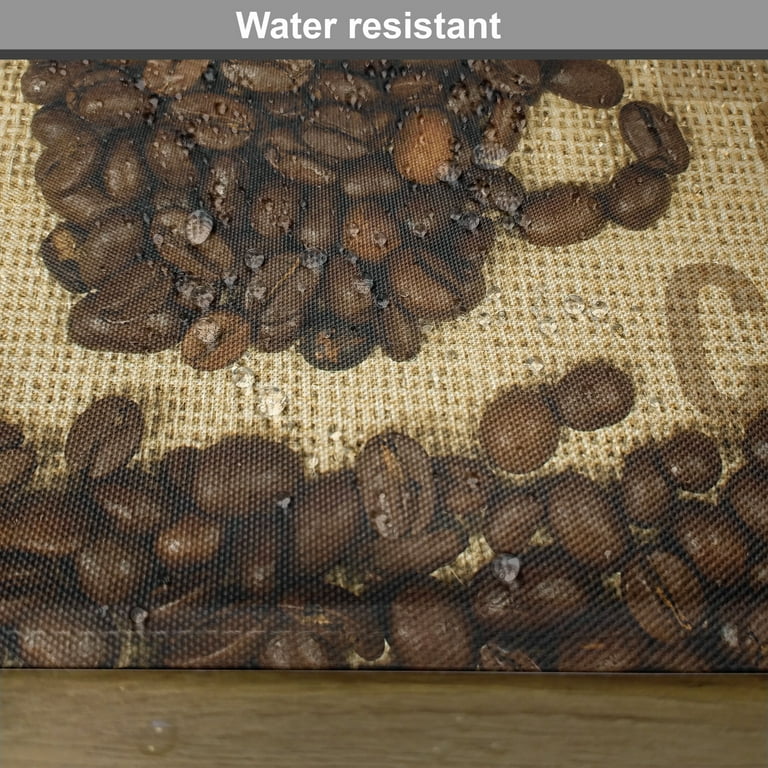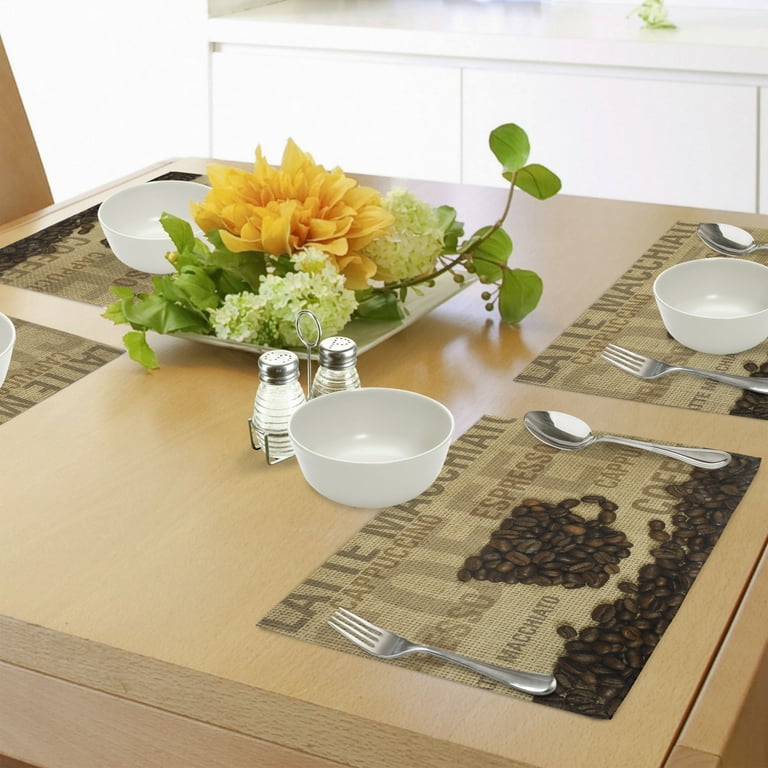3 Simple Techniques For Unique Art
3 Easy Facts About Unique Art Explained
Table of Contents6 Easy Facts About Unique Art DescribedThe 9-Minute Rule for Unique ArtThe Main Principles Of Unique Art The Only Guide for Unique Art
While one may question which art form holds precedence, the fact continues to be that each of these seven kinds supplies an unique window into human history, society, and evolution. They are the tapestries that chronicle our journey, advising us of our past while motivating visions for the future.Wonderful art work narrates, makes people look twice, and produces an one-of-a-kind experience that can't be matched. Art and pictures connect all of that with shade, shape and various other layout components. Learn exactly how to make your distinct art work attract attention from the group.
3 Emil DervishIn this entryway by Emil Dervish that gorgeous cobalt blue door takes the show. To bring even more dramatization, he extended the paint. to the doorframe and the wall up, finishing in an arched shape. The contours, in addition to a spherical sconce, soften the sides - Unique Art. Frames classic posters and maps of precious areas established the scene.
8 TRIA GIOVANEqual components grand and laidback, this foyer designed by Anthony Baratta is the best plan to follow if you're enhancing a formal entrance that still really feels unfussy and comfy. Formed textiles take center phase (see the rugs and the sofa), yet they additionally aid bring the high ceilings down to a human scale when hung over wallpaper.
All About Unique Art
18 Heidi Caillier DesignA gallery wall surface doesn't need to take up the entire area. Often a tiny one can make a bigger style declaration. In this living room, Hiedi Caillier chose for micro-mini frames and an arbitrary composition.
The components of this languageits shapes, lines, colours, tones, and texturesare utilized in numerous ways to generate sensations of quantity, room, activity, and light on a flat surface. These aspects are incorporated right into expressive patterns in order to represent actual or mythological sensations, to analyze a narrative style, or to produce entirely abstract visual connections.
Later the concept of the "great artist" created in Asia and Renaissance Europe. Throughout the 19th century painters in Western societies began to lose their social position and safe patronage.
The Main Principles Of Unique Art
Others earned an earnings with exploring exhibitions of their work. The need to interest a market had actually replaced the comparable (if much less impersonal) needs of patronage, and its result on the art itself was probably comparable too. Unique Art. Usually, musicians in the 20th century can reach an audience just via business galleries and public museums, although their work might have been periodically replicated in art periodicals
For the background of painting in old Egypt, see Egyptian art and style. The growth of painting in various regions is treated in a variety of articles: Western paint; African art; Central Asian arts; Chinese painting; Islamic arts; Japanese art; Oriental art; Indigenous American art; Oceanic art and style; South Eastern arts; Southeast Asian arts. For a conversation of the forgery of jobs of art, see forgery. For a discussion of the role of paint and various other arts in religion, in addition to of using spiritual signs in art, see religious significance and iconography. For information on go to my site other arts connected to paint, see short articles such as drawing; people art; printmaking. It is the feeling of inevitability in this formal company that gives an excellent painting its self-sufficiency and presence. The colours and positioning of the primary photos in a design may be in some cases greatly decided by representational and symbolic factors to consider. Yet it is the formal interplay of colours and forms that alone can communicating a specific state of mind, producing optical feelings of room, quantity, motion, and light and producing pressures of both consistency and stress, also when a paint's narrative importance is odd.
Don't copy the style of other artists if you're looking for your design. Duplicating other people's art work can be excellent in instructional functions yet it will certainly not make you closer to locating your very own one-of-a-kind style. Your artistic design needs to be, what you such as and what motivates you.

The Ultimate Guide To Unique Art
You need to attempt great deals of different options and discover his response everything prior to you can concentrate on one specific style or you'll be tired, or even worse, you'll despise your own style. I recommend you to try every solitary subject that you're interested in, discover as much as you can. Attempt different tools that thrill you and new methods you've never ever tried YOURURL.com before.
With time you'll have the ability to arrange all of them into your preferred and the very least favored groups. Try to concentrate your interest on the subjects and tools that you like and before you see it coming you'll have your very own personal and distinct design, like no one else have! In the end you'll have a couple of favorite subjects to repaint and maybe a couple of favorite tools.
